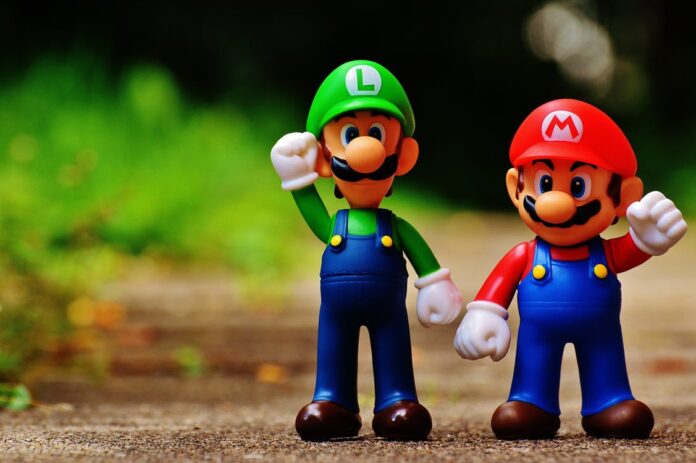If you want to build a successful eCommerce business, you need to be thinking about how you can create an amazing customer experience.
Today, customer loyalty is dubious at best. People do not generally remember the product or the marketing that drew them initially to a website. They remember experiences. This is a culmination of the interactions they’ve had with you at every stage.
When you offer an experience that makes your prospects and customers go “wow,” you will definitely keep them coming back; retaining customers will increase their lifetime value. But, more than ever, it’s that experience you offer that will shape the product in your customers’ eyes. Your value proposition will be how you meet their needs at every stage of the buying cycle.
1. Identify where the customer lands in the customer journey.
You’ll need to know what stage your customers are in, in their journey, before that interaction results in a sale. Are people just browsing? Looking for a specific product but unsure which brand is their best choice? Those customers will be in one of these four stages:
- Discovery. Customers are looking but aren’t yet ready to buy. Reliable and accurate information can help them move to the next phase, but they won’t respond to hard-sell tactics.
- Assessment. Customers are thinking about their exact needs and how a particular product is going to help them. Customers still have a lot of questions at this juncture. Sometimes they will reach out directly to businesses to find out more.
- Selection. Customers are ready to make a decision about the business they’re going to purchase from. Building trust at this phase through personalized offers and relevance can lead to a purchase.
- Purchase. Customers believe they’ve found a solution that’s right for them, and will finally buy a product.
The exact customer journey your prospects go through will vary, depending on the specific products you’re selling, as well as who your ideal customer is. You can even break that journey down into smaller micro-phases if it helps you visualize this path. Once you’ve figured out where customers stand, you can begin to assume what problems they might run into.
9 Reasons Why Your Shop is Not Selling
For example, if they are in the “selection” stage, they will most likely be questioning which brand is more reliable and will bring the most value for the price. Because you have now identified their dilemma, you’ll know it’s time to provide the final incentive.
Customers at this stage are ready to swipe their credit cards. So, go ahead and create that final push. Use special offers such as free shipping, a percentage off on the next purchase or even free samples.
Think about how you will serve customers after they’ve purchased from you. Remember – even after the purchase, they might still be a little uneasy about what they bought, and they’ll be looking to validate their purchase decision. Creating an amazing customer experience does not end with the purchase, and extends into customer satisfaction as well.

2. Utilize marketing tools to create a personalized experience.
There are a lot of different marketing tools that can make your job easier, and produce better results for your business. When you’ve taken the time to understand who your customer is, and you’ve optimized your customer journey, you’re ready to utilize marketing tools.
Tactics alone will not get you results. It’s only when you know your customer that you’ll be able to make a solid decision about the right tools and resources to utilize in your business.
First, you need to create awareness for your business and inventory. At this point, pay-per-click advertising and social media marketing can be leveraged to get a foot in the door.
Once the awareness has been created, your leads are going to have a lot of questions that need answering. Email marketing is a particularly important tool at this phase. Whether it’s MailChimp or AWeber, if you aren’t already using email marketing software to manage and market to your list, you’ll need to start immediately. If you have FAQs, tutorials and blog posts, you would direct your prospects to these resources as a way to field their concerns and build trust.
For customers who have moved into the selection phase, you’ll want to take advantage of remarketing, search traffic and other channels.
Since you won’t necessarily know what phase your prospects are in, you’ll need an idea of where they’re at in their customer journey through calls, emails and live chat. That way, you’ll be better equipped to move them down the funnel.
Here are some other marketing tool categories to be thinking about:
- Analytics. Analytic tools allow you to analyze customer behavior; the effectiveness of conversion funnels, traffic channels; and so on.
- Helpdesk. Email is insufficient when you’re overseeing an entire business. You need a way to systematically answer queries in a timely manner.
- Social media automation. Tools like Hootsuite and Buffer allow you to schedule posts in advance of their ever going out. You can also use these platforms to monitor social interactions.
3. Track and understand customer behavior.
We’ve already identified typical customer behavior, which goes from discovery to purchase. But keeping an eye on your customers can help you further improve your product offerings, sales process and personalization. This is where analytics tools such as Google Analytics, Lucky Orange, Online Conversion Insights and others play an important role in your business.
You need to be looking at: where customers are located, what device they’re using to access your website, how your leads are finding you, how many times a visitor has viewed your site, how many purchases they’ve made and so on.
If you take the time to understand your customer and their interests, they will notice. For example, it might be helpful to read some material in a culture magazine to learn about millennials if you’re finding that they are the majority of your customers.
This will provide valuable insights into next steps you can take — offering personalized coupons or discounts, gamifying the customer experience, upselling or cross-selling and the like.
In addition, a consumer research website can also be a treasure trove of information when it comes to understanding prospects and consumers.
Final thoughts
When you’re looking to outpace the competition, you can’t just be thinking in terms of product. Certainly, product is very important. But the solution isn’t the only thing you’re selling. You’re also selling experience. When you provide an experience customers love, they’ll keep coming back to you.
Marketers have often tried to find ways to influence consumers to become more attractive. If your online store is just like everyone else’s, there’s no reason for your customers to return to you. Don’t forget: It’s easier, and less costly, to market to existing customers than to constantly invest in customer acquisition.








